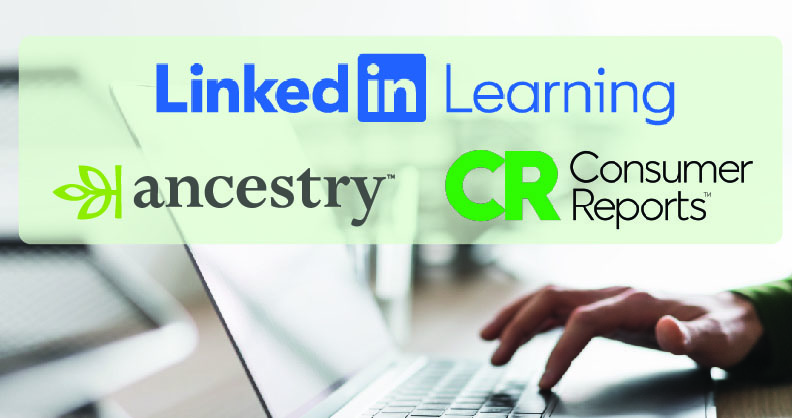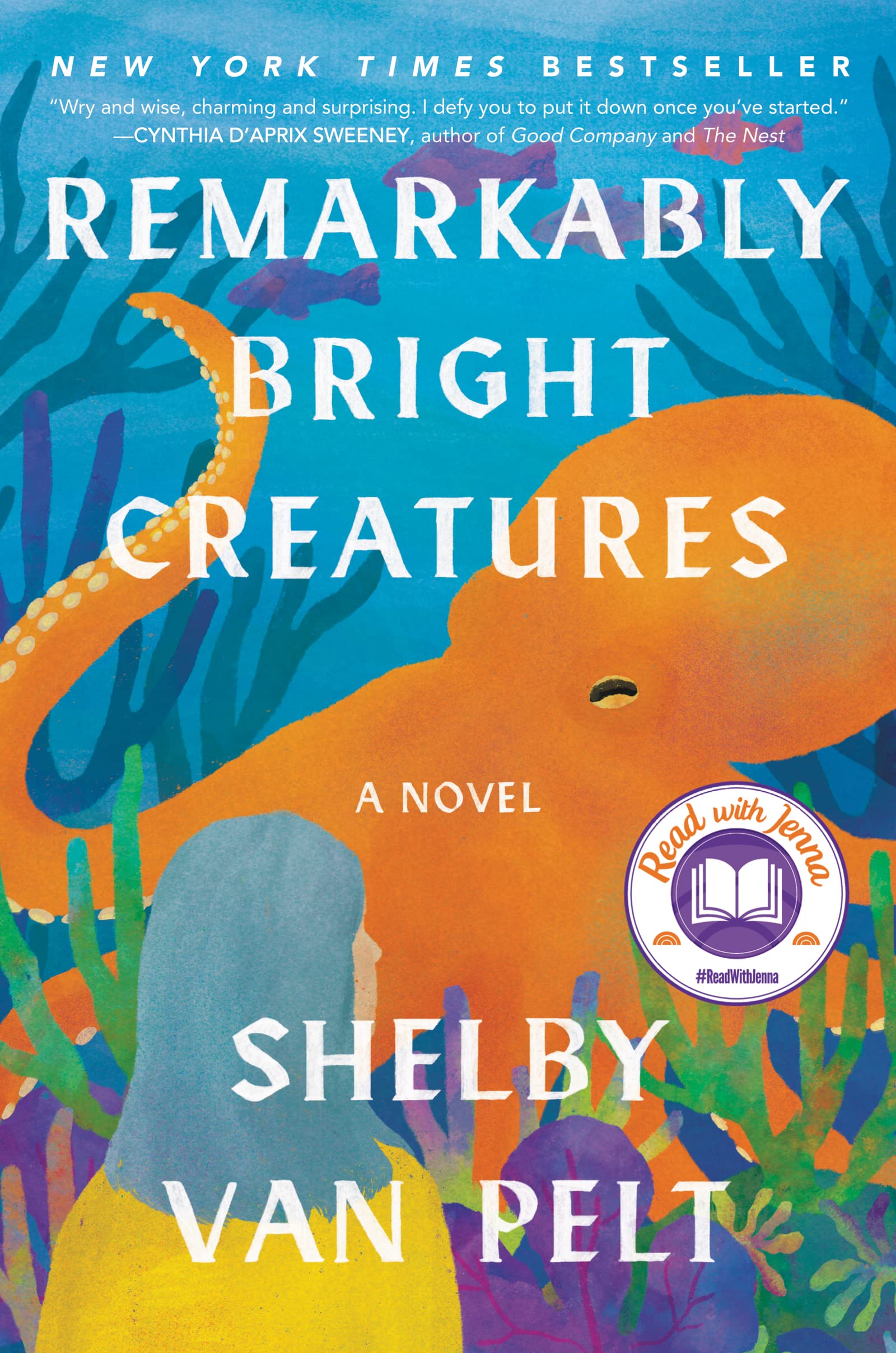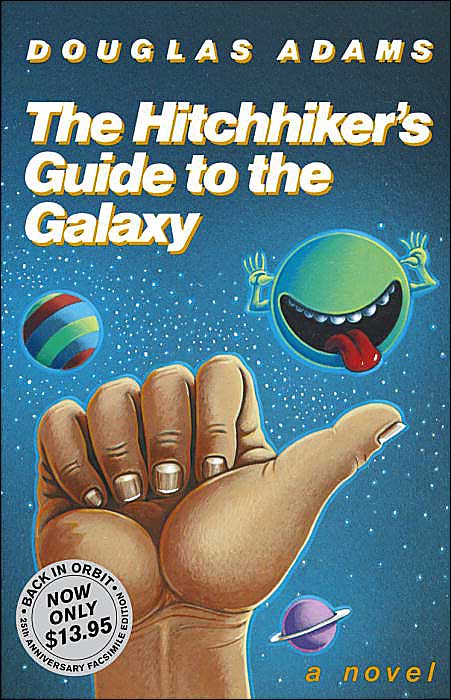Chilling Reads for Winter
By: Savannah Winkler, Public Services Supervisor

Winter is one of my favorite times of the year. It’s the season for great food, spending time in good company and staying cozy indoors. In my opinion, winter is also an eerie time of year. The nights are long and the world feels a little quieter than normal. It’s no surprise that, historically, winter has been a time for telling ghost stories or other scary tales. While some may prefer putting “Home Alone” on screen, I’ve always enjoyed a good scary novel or page-turning thriller. If you’re like me, you may be looking for your next chilling read for this winter season. Here are some winter thrillers and horror titles that you can enjoy next to a warm fire or with a cup of hot chocolate.
“The Winter People” by Jennifer McMahon is a suspenseful novel about the strange town of Westhall, Vermont. In 1908, Sara Harrison Shea is found murdered behind her farmhouse following the tragic loss of her young daughter. The story then moves to present day, where nineteen-year-old Ruthie is living in the farmhouse with her family. Ruthie’s mother is agoraphobic, and as a result Ruthie and her sister have had a sheltered upbringing. But when her mother disappears, Ruthie sets off on a journey to find her. She then discovers Sara Harrison Shea’s old journal and the terrifying parallels between Sara’s death and her mother’s disappearance. Set in the harsh Vermont winter, this atmospheric thriller will make you happy to be home and under the covers.
If you enjoy some horror but nothing too scary, you may prefer the children’s book “Dead Voices” by Katherine Arden. Ollie, Coco and Brian are close friends. When Ollie’s dad wins a contest, the trio and their parents set off on a wintery getaway at a ski lodge. But their vacation quickly goes awry. There’s creepy taxidermy throughout the lodge and a blizzard cuts off all power. The three friends start having the same dream of a frozen girl looking for her lost bones. Then Mr. Voland, a paranormal investigator, arrives and offers to help the children make sense of these hauntings. The children aren’t sure who to trust: Mr. Voland or the voices of the dead? “Dead Voices” is the second book in Arden’s “Small Spaces” series. I recommend all four books for lightly spooky reading.
You won’t find any ghosts in “No Exit” by Taylor Adams, but you will meet some terrifying people. Darby Thomas is just trying to get home to see her mother who is dying of cancer. When a snowstorm closes the roads, Darby is forced to spend the evening at a Colorado rest stop. She meets other stranded travelers: cousins Ed and Sandi, Ashley and the off-putting Lars. Darby figures she’s in for a long and boring night with no cell service. Then she steps outside and makes a horrific discovery in another traveler’s car: a scared girl trapped in a dog cage. Surrounded by strangers and not knowing who to trust, Darby must find a way to save the young girl and escape. Her night quickly turns into a fight for survival.
If you are looking for more books to occupy you through the long winter season, the Manhattan Public Library has even more reading suggestions to offer. Stop by the library and check out some of the titles included in our book displays throughout the building. Our December book displays will feature topics such as “Cold Cases,” “If You Like Hallmark Movies” and “Holiday Party Cooking.” Library staff are also available to help you find your next great read.
Manhattan Public Library is a cornerstone of free and equal access to a world of ideas and information for the Manhattan, Kansas, community. Manhattan Public Library serves more than 75,000 people in the Riley County area through curated book and other media collections, knowledgeable staff, relevant programming for all ages, and meeting space. Learn more at mhklibrary.org.



 All of us experience grief. We grieve people we have lost to time, unkind words and death. We grieve experiences and opportunities. This deep feeling is hard to navigate for each of us. It can be especially hard for children. Children need ways to process and understand what is going on in their bodies and those around them while grieving. Grown-ups often need tools to help their children navigate grief. Manhattan Public Library has a selection of picture books that are excellent grief resources for children and grown-ups. Here are a few of the titles I recently found.
All of us experience grief. We grieve people we have lost to time, unkind words and death. We grieve experiences and opportunities. This deep feeling is hard to navigate for each of us. It can be especially hard for children. Children need ways to process and understand what is going on in their bodies and those around them while grieving. Grown-ups often need tools to help their children navigate grief. Manhattan Public Library has a selection of picture books that are excellent grief resources for children and grown-ups. Here are a few of the titles I recently found.

 Spooky season is upon us and my Sunday was filled with Halloween movies, potions bottles and skeletons. This is my favorite season with the weather changes and the lead-up to a plethora of family events. If you read my last column, you know I typically read romance, paranormal romance to be exact. It turns out my favorite authors always have new releases in the fall.
Spooky season is upon us and my Sunday was filled with Halloween movies, potions bottles and skeletons. This is my favorite season with the weather changes and the lead-up to a plethora of family events. If you read my last column, you know I typically read romance, paranormal romance to be exact. It turns out my favorite authors always have new releases in the fall.


